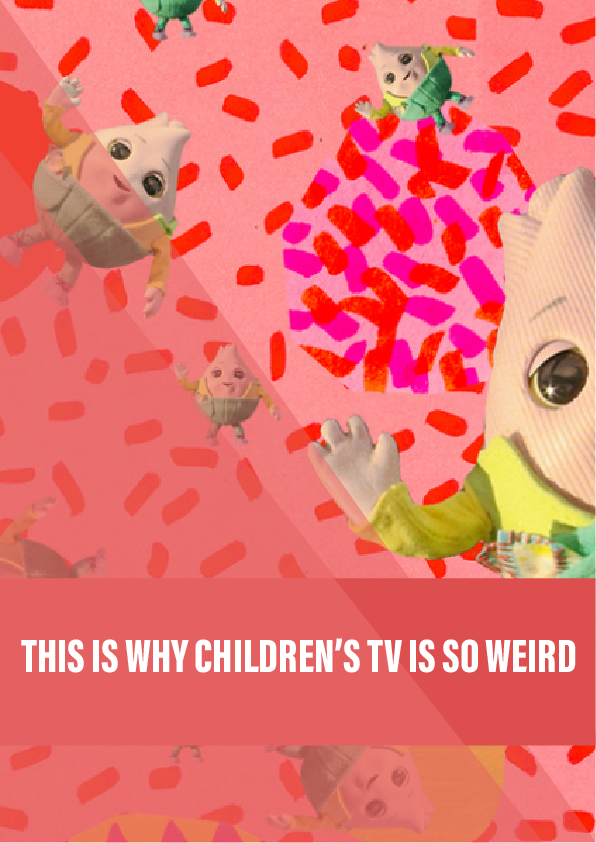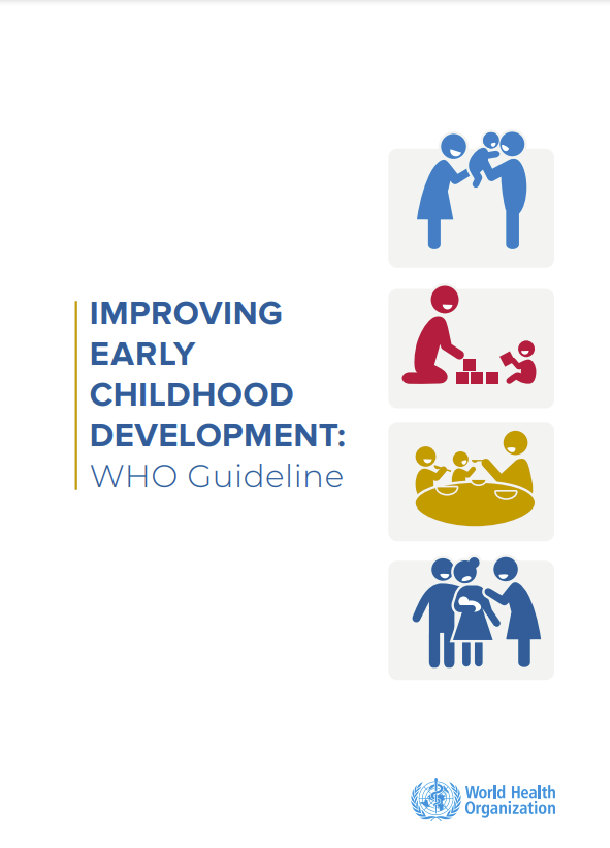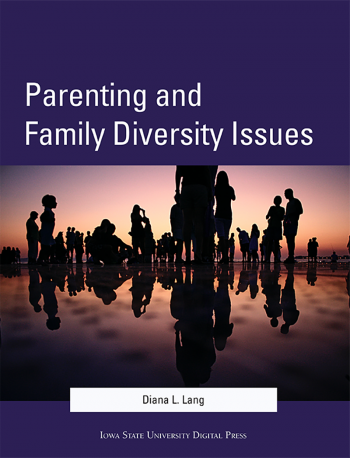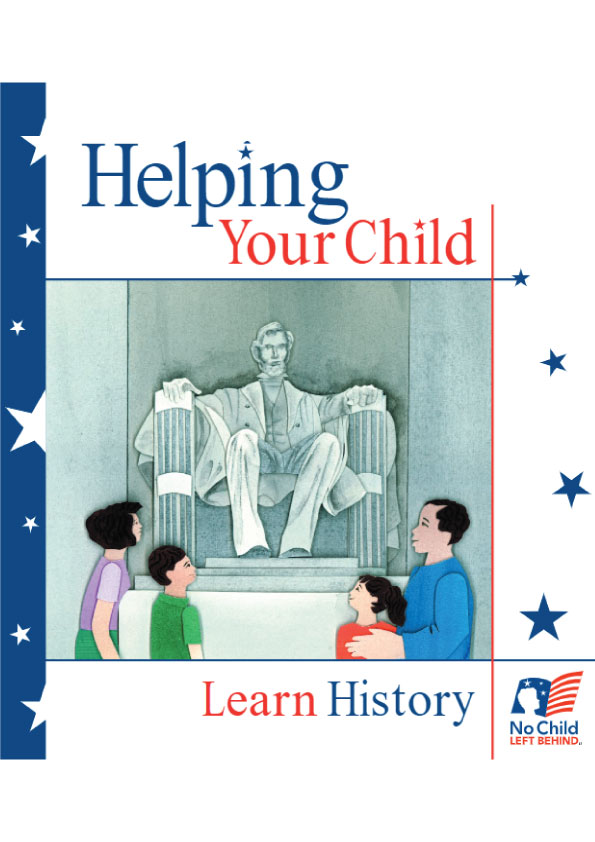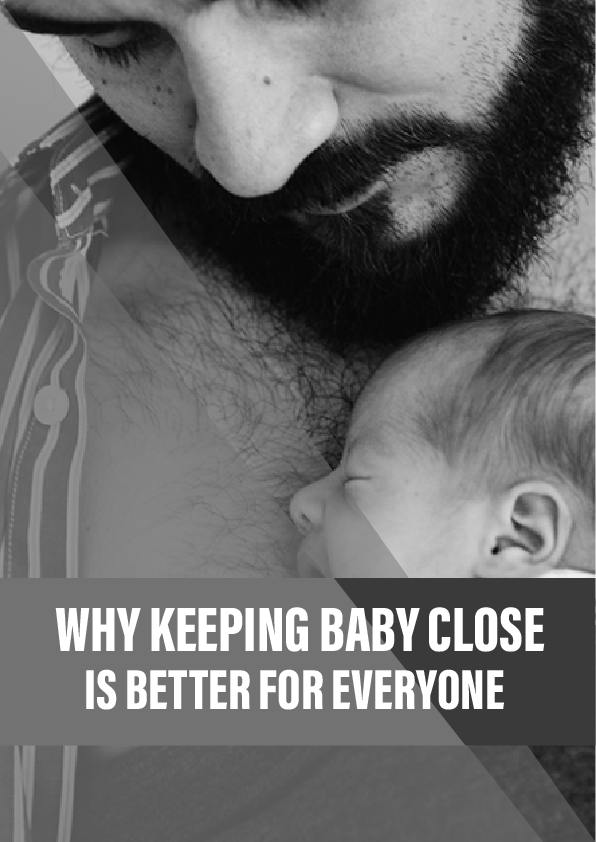Most people have a favourite TV show from childhood. If you’re a parent, there’s also probably a show that your children adored but you found strange, or even a bit creepy. Right now, for many parents, that show is Moon and Me. It follows the night-time exploits of a mismatched set of dolls – including Pepi Nana, a soft pink onion called Mr Onion, and the milky, clown-like Colly Wobble – who come to life whenever the Moon shines.
My 1.5-year-old nephew doesn’t share this scepticism. As the episode we’re watching unfolds, he moves closer and closer to the screen, smiling, cooing, pointing and saying “Wow”. My eight-year-old daughter stares in slack-jawed wonder at it all.
What is it about these pre-school TV shows that makes them so captivating for young viewers, but so strange to adult eyes? As a mother, I’ve worried whether watching television at a young age is a healthy childhood experience or a mind-rotting activity stunting my children’s development. The fact that I don’t understand these shows hasn’t helped.
But weirdness, it turns out, can be a good thing.
Young children’s minds process information differently from adults’; what’s weird for us is often highly engaging for them. A better understanding of these differences could help create healthier, more engaging television programmes, boosting children’s understanding of the world as well as keeping them entertained. And it could also help parents and caregivers like me to make better decisions about the type of television we let our children watch.
Moon and Me, it turns out, is a product of research, informed by a collaboration between the co-creator of the hit show Teletubbies – Andrew Davenport – and Dylan Yamada-Rice, a researcher specialising in children’s education and storytelling, to study how children interact with toy houses……
Reference:
